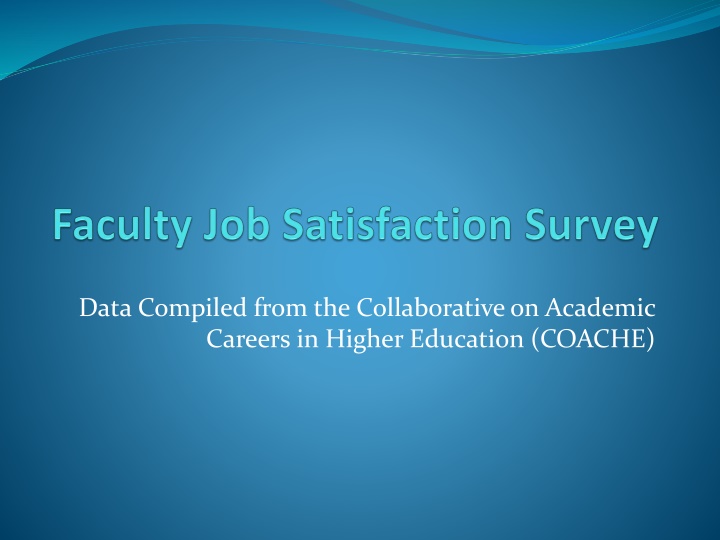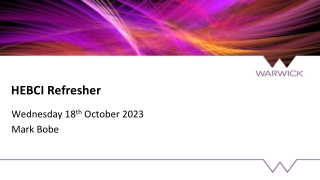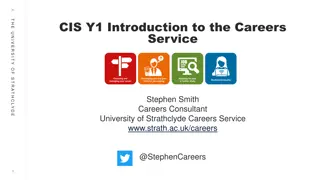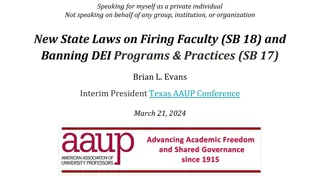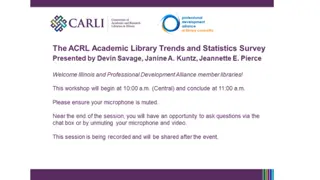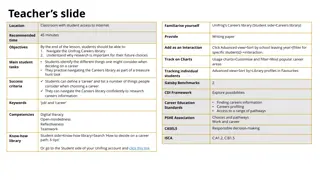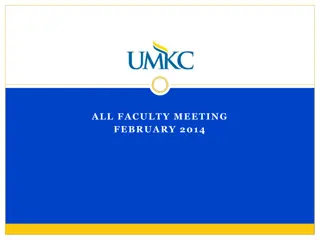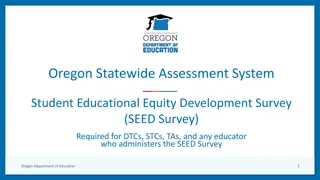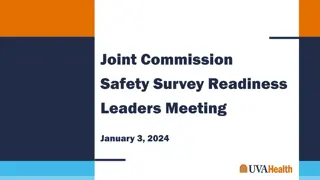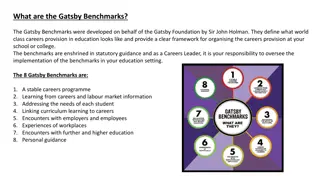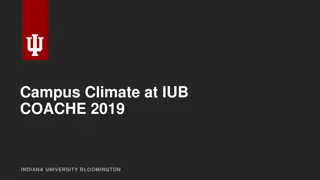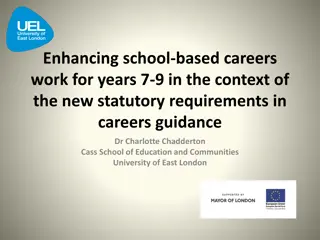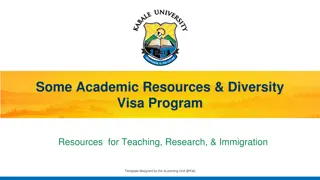Insights from COACHE Survey on Academic Careers in Higher Education
COACHE, founded in 2002, provides tools for colleges and universities to enhance faculty success. Participation in the survey helps generate actionable diagnoses for tenure-stream faculty. The COACHE report compares institutions and benchmarks various aspects of work and leadership. Additional areas covered include best and worst aspects of working, reasons for faculty turnover, and suggestions for workplace improvement.
Download Presentation

Please find below an Image/Link to download the presentation.
The content on the website is provided AS IS for your information and personal use only. It may not be sold, licensed, or shared on other websites without obtaining consent from the author.If you encounter any issues during the download, it is possible that the publisher has removed the file from their server.
You are allowed to download the files provided on this website for personal or commercial use, subject to the condition that they are used lawfully. All files are the property of their respective owners.
The content on the website is provided AS IS for your information and personal use only. It may not be sold, licensed, or shared on other websites without obtaining consent from the author.
E N D
Presentation Transcript
Data Compiled from the Collaborative on Academic Careers in Higher Education (COACHE)
COACHE Survey Founded in 2002 with support from the Ford Foundation and Atlantic Philanthropies. Based at the Harvard Graduate School of Education. Consortium of over 200 colleges, universities, and systems across North America. Membership enables colleges and universities build a culture of success and maintain a vibrant faculty. COACHE's tools are designed to generate actionable diagnoses. Based on member feedback, COACHE revised the survey in 2011 to include all tenure-stream faculty.
Participation in COACHE UM System was invited to participate in 2005 Interest existed, but cost prohibitive Negotiated a better price for the four campuses Participated the first time in Fall 2008 Focus was on Tenure-Track faculty only Participated again in Fall 2013 Focus was expanded to include Tenured faculty
COACHE Report Ready by the end of May Comparisons with five peers and all comparable COACHE participants Five Peers UMASS-Lowell SUNY at Buffalo UNC Charlotte Kansas State University University of Alabama Comparable institutions 98 institutions Breakdowns by Tenure Status and Rank Breakdowns by Gender and Ethnicity
COACHE Benchmarks Nature of Work: Service Nature of Work: Teaching Nature of Work: Research Facilities and Work Resources Personal and Family Policies Health and Retirement Benefits Interdisciplinary Work Collaboration Mentoring Tenure Policies Tenure Clarity Tenure Reasonableness Promotion Leadership: Senior Leadership: Divisional Leadership: Departmental Departmental Engagement Departmental Quality Departmental Collegiality Appreciation and Recognition
COACHE Report Additional Areas Best aspects of working at UMKC Worst aspects of working at UMKC Reasons faculty would leave UMKC The number one thing that UMKC could do to improve the workplace Additional Climate questions
Response Rate Invited Responded Adj. Response Rate All Universities TOTAL 17,872 8,362 47% Peer 1 846 529 63% Peer 2 979 404 41% Peer 3 775 350 45% Peer 4 376 198 53% Peer 5 731 350 48% UMKC 399 222 56% pre- tenure faculty of color overall tenured full assoc asst men women white University of Missouri - Kansas City population responders response Rate 399 222 323 181 76 41 159 89 171 92 69 41 246 127 153 95 296 167 103 55 55.6% 56.0% 53.9% 56.0% 53.8% 59.4% 51.6% 62.1% 56.4% 53.4%
